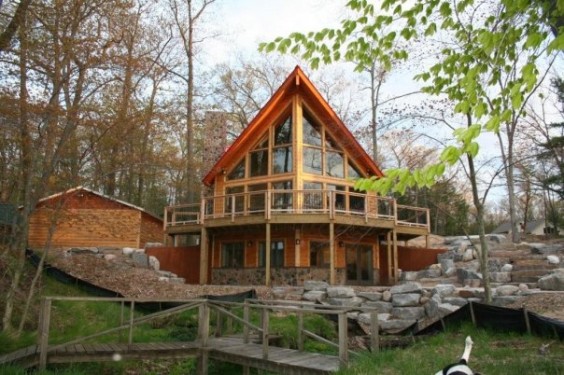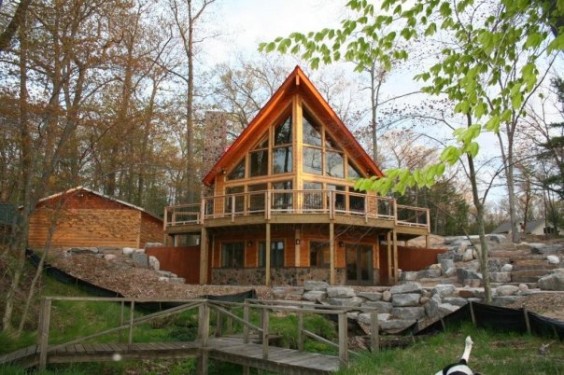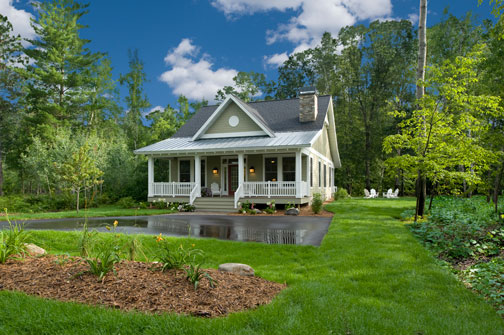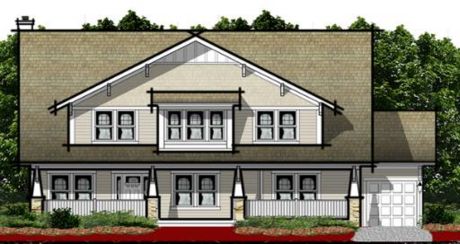We’re pleased to share developing news that Northern Illinois’ Mulitple Listing Service (MLS), will be adding support for green building features in 2010. This development is something we at LEEDforHomesIllinois.org have been keeping a close eye on, and are very pleased to see this implemented. An official announcement is likely forthcoming in the new year.
The Green MLS will consist of many new categories for identifying property characteristics for a green home. These new MLS features will allow competent real estate agents to be able to market a green home’s building components, such as water efficient appliances, insulation type, and recycled content of building materials. Building technologies such as solar energy systems, insulated concrete forms, and structurally insulated panels (SIPs) can also be indicated in the Green MLS.
In addition to specific building features, a home’s overall “greenness” can be indicated in the Green MLS by some of the third-party certifications that are available. Homebuyers will now be able to tell whether a home was designed to a green building standard, such as LEED for Homes Silver or 3 stars in the Chicago Green Home program. A home’s energy efficiency can be listed, indicated by its HERS index. Even better, homes that are third-party verified, through a program such as a LEED for Homes certification, will be listed in the MLS. This will help consumers know that a home was not only designed to be green, but also constructed properly and tested to truly perform as a green building. Real estate professionals will be able to assist buyers locate a LEED-certified home.
If you’re reading this from an area that does not currently have a green MLS, consider how implementing a green MLS can help properties become more competitive in the tight real estate climate gripping most of the nation.
The Green MLS is coming to Illinois
The availability of this information is exciting. Looking forward, once people start buying and selling green homes, there will be data for green Chicagoland market transactions. Appraisers will be able to use this data and perform adjustments to see how much more people are willing to pay in the Chicago market for items such solar energy or a LEED-certified home. Other metropolitan areas that currently have a green MLS have seen higher selling premiums and lower marketing times for a green home, and we anticipate this trend will translate in the Chicago and northern Illinois markets.
All of this will strengthen an already-sound economic arguement for green building, persuading more builders to construct or renovate to LEED for Homes standards. Even better, the Green MLS will help idenify market shifts. Eventually, those NOT building green will run the risk of creating a home that will be obsolescent much earlier than a green home, lowering that non-green building’s property value. Of course, a thorough market analysis is a long time off, but these are certainly exciting times for green builders in northern Illinois.
What can real estate professionals do to prepare for the Green MLS? Well, clients will likely need an agent’s guideance to complete the homeowner’s green disclosure document. If you or your agent is unfamiliar with terms like U-value, HERS, LEED, ERV, or VOC, consider getting more education, either through the NAR GREEN designation, or by becoming a certified EcoBroker. In fact, by taking the Eco Broker courses through Eco Achievers, you can become a certified EcoBroker at a discounted rate through January for just $375.
UPDATE Jan 7, 2010: Chicago Magazine has more information on this, including a screenshot of the new Green MLS.







